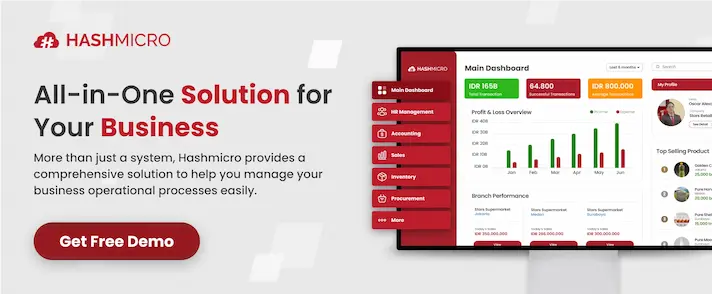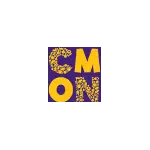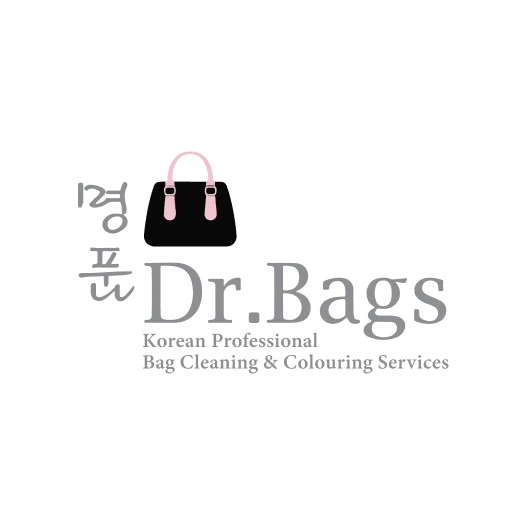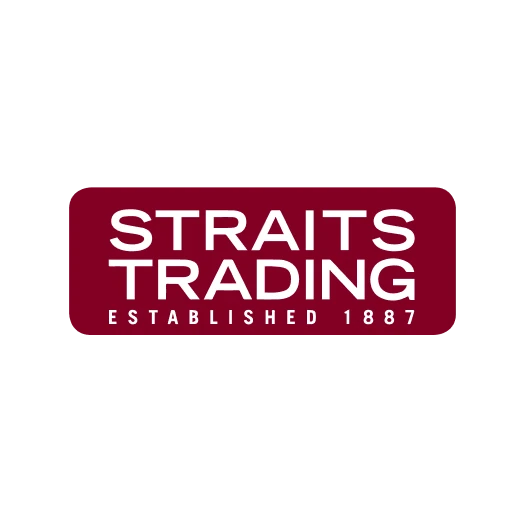When a team actually gets along and communicates effectively, it’s practically impossible for a business not to grow. Projects move faster, feedback loops tighten, and meetings become less of a performance and more of a conversation.
If you’re trying to scale or sharpen your competitive edge, this matters greatly. A team that works well together doesn’t just hit KPIs; they also make fewer mistakes adapt faster, and the company retains top talent longer.
All pretty obvious. But what builds that kind of cohesion? Casual Wednesdays and pizza Fridays are fine, but definitely not enough. If you really want your team to become better and stronger, you need a mix of tools: effective employee management software, structured activities, and smart cultural frameworks to get people aligned and functioning at a higher level.
Below, we break down the strategies that are proven to work; copy them verbatim or use them as inspiration for something entirely your own, the choice is yours.
1. Encourage Unfiltered (But Structured) Communication
You don’t need a culture of oversharing. You need a positive, open culture where people say what’s actually relevant without fear of stepping on toes. That means creating environments (physical or digital) where feedback loops are short, clear, and respectful.
A lot of companies go wrong here. Either everything goes through a manager (bottleneck), or nobody knows who should say what (chaos). What you want to do is set some communication norms. For example, implement asynchronous tools like Slack with pre-defined channels based on project, urgency, or role. You can layer this with check-in rituals (weekly standups, monthly retrospectives, etc.) designed to reduce friction and surface issues before they calcify.
2. Set Clear Goals and Assign Roles
Goals that lack clarity stall progress and actively damage employee morale. You want roles and responsibilities nailed down and visible.
Break goals into specific, measurable milestones. Then map those to actual ownership, not just departments, but people. HashMicro’s project management software can help you track that in real time. You’ll cut down on duplicated efforts and confusion and get everyone aligned on what matters most.
3. Use Team Building Strategically and Effectively
Team building isn’t about making everyone hug. It’s about creating shared reference points and increasing trust. The key is relevance and intention.
You can gamify collaboration using problem-solving challenges or hands-on workshops. Or use physical tokens of achievement to reinforce identity. Challenge coins, for instance, are a subtle but powerful way to honor team contributions. Many companies now use them to mark milestones or celebrate project completions.
You can find details on challenge coins, they have a clear and comprehensive guide on different types of coins that may work for your team. This strategy might sound simple, but it can be highly effective: tangible objects build connections far better than another trust fall exercise.
4. Build Culture with Intention
We mentioned pizza Fridays – they’re fun and can help relax folks, but they’re not culture. Culture is how decisions get made when nobody’s watching. If yours rewards quiet competence and collaborative problem-solving, you’ll attract (and retain) people who operate that way. If it rewards political jockeying or heroism, you’ll burn out your top performers.
It’s best to codify your values in ways that show up in day-to-day operations. That means tying performance reviews to those values, designing onboarding to reflect them, and having leadership model the behavior consistently. In other words, you don’t want to describe your organizational culture but engineer it.
5. Rotate Leadership and Encourage Cross-Team Learning
Most companies promote based on seniority, but that doesn’t always bring out the best in teams. Rotate team leads on a project basis. It’s good to let different people experience ownership in low-risk ways as this can strengthen empathy and improve knowledge transfer. It can also lower the risk of single-point failure when one leader leaves.
Pair this with periodic cross-team learning: lunch-and-learns, interdepartmental shadowing, or rotating sprint teams. It’s efficient professional development without the price tag of external training.
6. Make Metrics Social
Finally, don’t keep performance data locked away in dashboards that only leadership sees. When teams can access shared metrics—on productivity, timelines, or client satisfaction—it changes their behavior for the better. Peer accountability often works better than top-down correction.
Visualize KPIs in accessible places: shared dashboards, weekly digests, and even TV displays in the office. When progress is visible, people move with more urgency and precision.
Conclusion
Building a cohesive and high-performing team takes more than just good intentions—it requires the right mix of tools and strategies to support communication, clarity, culture, and accountability. With HashMicro’s integrated employee management software, you can streamline collaboration, align goals clearly, and keep everyone focused on what truly matters.
Ready to see how it works for your team? Request a free demo of HashMicro today and experience firsthand how smart software can transform the way your business grows.


